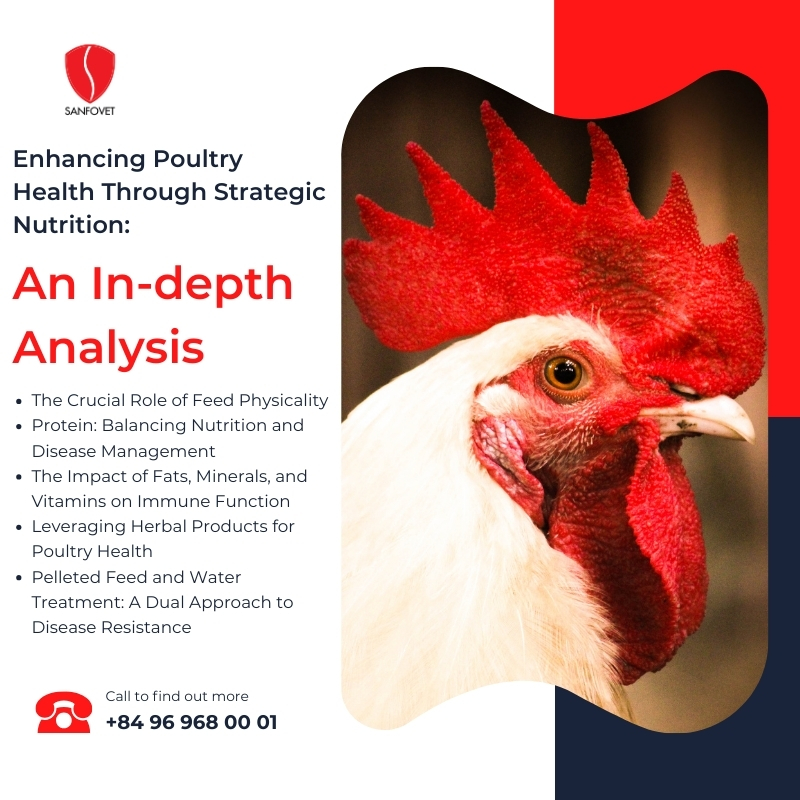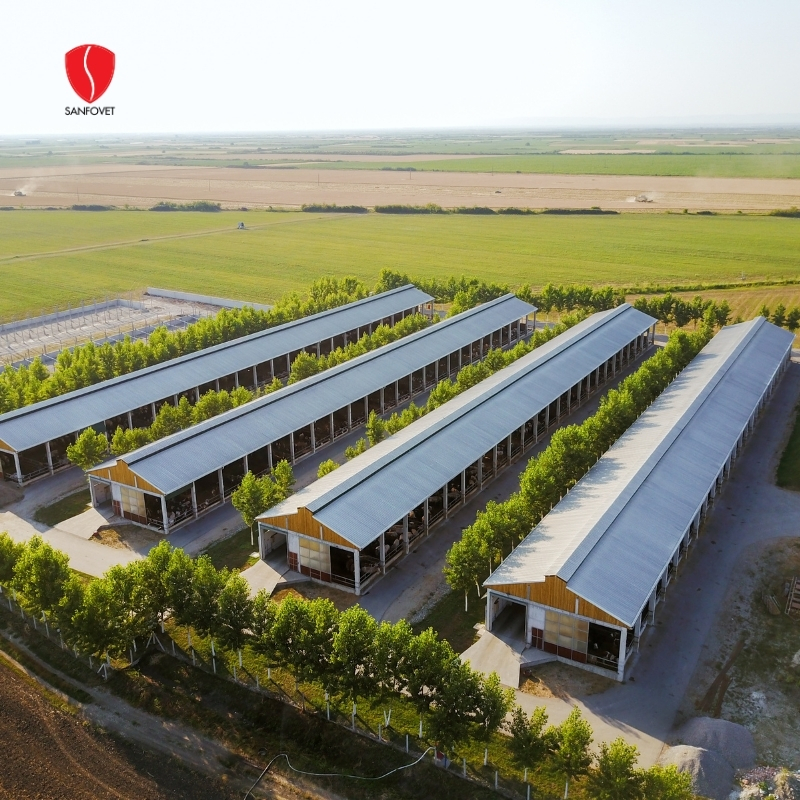The adage "You are what you eat" resonates profoundly in poultry farming, highlighting the intrinsic link between nutrition and health. As poultry farmers grapple with the dual challenge of disease management and optimizing production, the role of nutrition as a cornerstone of poultry health and operational profitability cannot be overstated. This comprehensive analysis explores the multifaceted impact of dietary strategies on disease control and overall poultry well-being, underscoring the importance of a scientific approach to feed formulation.

The physical form of poultry feed plays a pivotal role in birds' digestive health and immune competency. Research demonstrates a clear link between the consumption of whole grains and the development of a robust gizzard, which, in turn, enhances the mechanical breakdown of feed and stimulates a more active immune defense mechanism. This mechanical digestion process is critical in safeguarding the birds against pathogens, acting as a natural barrier to invading disease-causing microbes. The implications of these findings extend beyond the immediate benefits of nutrient absorption, suggesting that the feed's physical structure can directly influence poultry's resilience to infectious diseases.
Protein in poultry diets is a double-edged sword, necessitating careful balance to support health without exacerbating disease risks. Adequate protein levels are essential for maintaining physiological functions, including regulating hormones pivotal in immune system modulation. However, the scenario becomes complex during disease outbreaks. For instance, excessive protein can exacerbate conditions such as coccidiosis by facilitating the proliferation of parasites. Conversely, diets with anti-nutritional factors present in some protein sources can compromise gut health and immunity. The strategic manipulation of dietary protein—both in quantity and quality—emerges as a crucial factor in disease prevention and overall health promotion.

Including specific fats, minerals, and vitamins in poultry diets directly influences immune efficiency and disease resistance. Fatty acids, for instance, play dual roles in immune modulation and cellular integrity. Enhanced dietary levels of certain fats have been shown to bolster resistance against pathogens and reduce disease-related mortality significantly. Similarly, essential minerals like copper and zinc, renowned for their antibacterial properties, are strategically administered in elevated doses to fortify health and stimulate growth. The role of vitamins, particularly A and E, is also critical, with deficiencies linked to increased susceptibility to infections and overall immune compromise.
Integrating herbal products into poultry diets represents a forward-thinking approach to enhancing antioxidative capacities and immune function. Ingredients such as artichoke and green tea leaves are rich in bioactive compounds that offer broad-spectrum benefits, from stress alleviation to immune support and disease mitigation. These natural additives underscore the potential of phytonutrients in complementing traditional feed formulations and pioneering new frontiers in poultry nutrition therapy.
The benefits of pelleted feed extend beyond nutritional efficiency to include significant enhancements in disease resistance. Pelleting feed maintains the digestive tract's integrity and is an effective barrier against pathogens. Complementarily, the strategic treatment of drinking water with compounds like sodium bisulfate acidifies the gastrointestinal environment, promoting the growth of beneficial bacteria while inhibiting pathogenic counterparts. This holistic feed and water management approach is instrumental in establishing a healthy gut microbiome. It is pivotal for disease prevention, nutrient absorption, and optimal poultry performance.

The interplay between nutrition and poultry health is complex, governed by various factors from feed composition to disease pressures. As the poultry industry continues to evolve, so must the strategies employed to ensure the health and productivity of flocks. This analysis underscores the necessity of a health-centric nutritional paradigm that embraces dietary formulation nuances to mitigate disease risks while enhancing production outcomes. In adopting a scientific approach to nutrition, poultry farmers can unlock the potential of feed as a powerful tool in disease management, setting the stage for a future where poultry health is not merely maintained but optimized for challenges and opportunities.